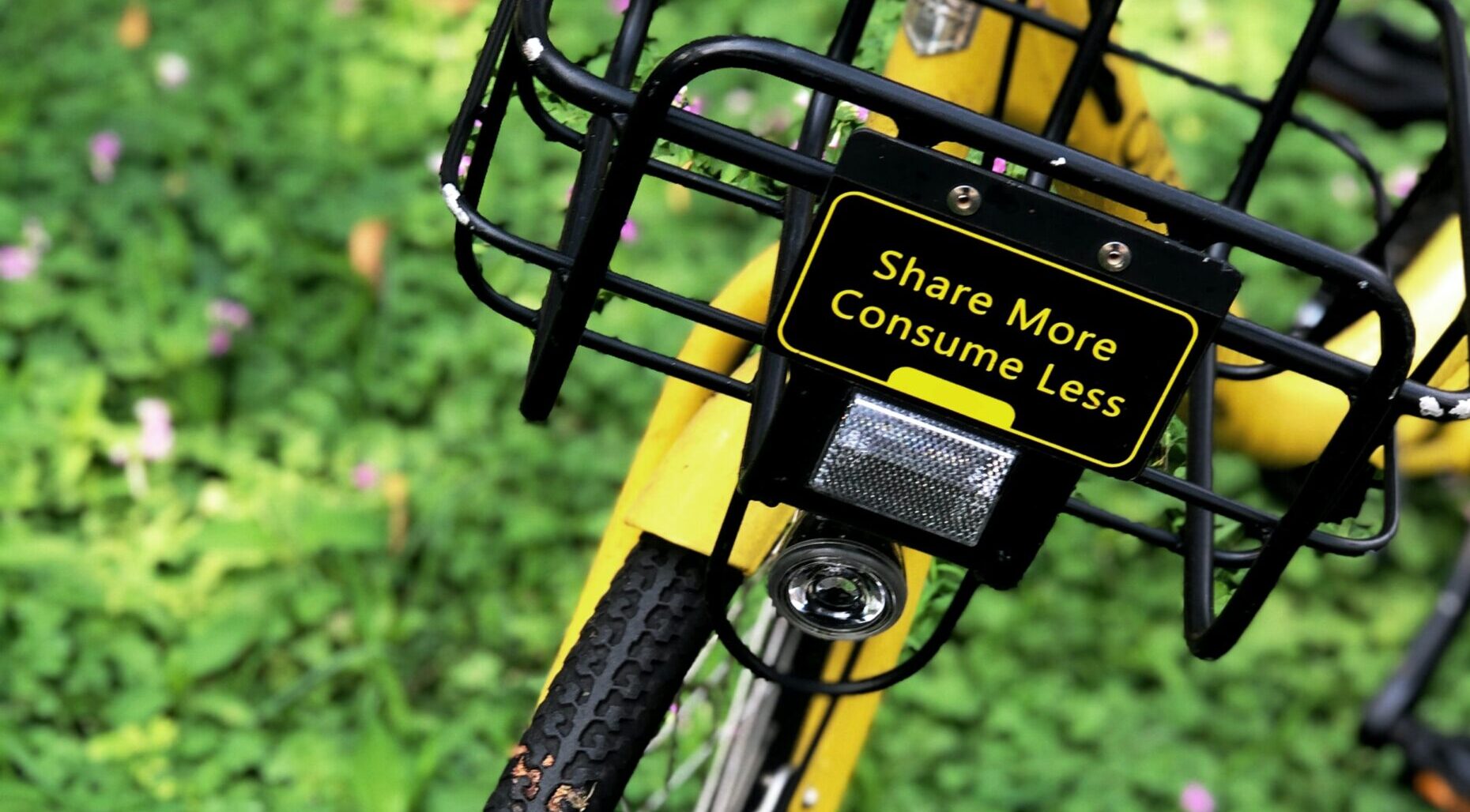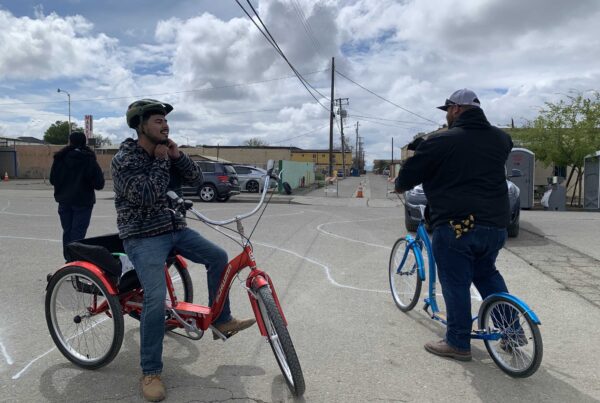Introduction
In 2023, we’ve seen the visible and destructive consequences of the climate crisis come to fruition in many communities across the globe. Whether it be the record-shattering wildfires taking over Canada, heat waves hitting the Great Plains and Midwest regions, or torrential rainfall triggering devastating floods and landslides in India, it’s clear that climate-fueled extreme weather events are becoming more common, longer-lasting, and more severe.
As we enter a period with more dangerous and frequent extreme climate events, it’s more important than ever to reduce greenhouse gas (GHG) emissions and equip communities with the resources to build resilience against these ongoing climate impacts. While transportation accounts for a substantial portion of GHG emissions that contribute to the intensity of disasters – according to the EPA, the transportation sector contributed 29% of total U.S. GHG emissions in 2021 – diversified transportation systems also offer communities the ability to prepare for, recover from, and adapt to climate impacts.
Shifting climatic conditions will continue to disrupt transportation systems but proper investment in diversifying mobility modes and systems can reduce reliance on personal vehicles and improve and sustain access to resources, healthcare, employment, and education.
How shared mobility fits in
Just as shared mobility plays a key role in preventing climate change, it also helps in dealing with the impacts; shared mobility also ensures people most at-risk, like older adults, people with disabilities, low-income people and people without regular access to a car, aren’t left behind. During climate change-related natural disasters, shared mobility is an integral piece of the emergency response puzzle, from evacuating people and distributing aid to relaying information.
During evacuations, when hundreds or thousands of people must temporarily be transported from their communities to a safe space, shared modes, whether publicly or privately operated, can ensure that evacuees have multiple options to get to safety. Though the focus of most evacuation efforts is usually centered on personal cars, shared modes have historically played a large role as well. Public transit is one of the most widely used evacuation methods during emergencies, and transit agencies often shut down regular service in favor of helping riders get to safety. When Hurricane Sally touched down in Southern Alabama in 2020, for example, the Baldwin Regional Area Transit System (BRATS) postponed its microtransit service launch to run evacuation routes, allowing the agency to have a trial run of its microtransit service while helping the Baldwin County community with safe transportation.
Privately operated shared mobility is similarly important to emergency response efforts. In the midst of Hurricane Idalia that recently hit Florida and Georgia, transportation network companies (TNCs) like Uber and Lyft offered free rides to and from state-approved evacuation shelters, as they have for countless other natural disasters. Lyft has formalized this with its Disaster Relief Access Program, and Uber has a Global Security Center to monitor and address emergencies in its service areas.
Shared mobility, whether from a public agency or a private operator, has the added benefit of reducing the number of cars on the road overall. More people using shared modes reduces congestion on roads that can too quickly become overcrowded or blocked during a disaster, allowing more room for emergency vehicles and making evacuation efforts more efficient and smoother for everyone.
Often, transit agencies or shared mobility operators can use technology associated with newer shared modes to help relay valuable information to community members. As data networks become more interconnected and interoperable, transit agencies, local governments, and emergency responders can more effectively give people real-time updates on emergency situations.
Shared micromobility also has the potential to help during natural disasters, and the availability of bicycles has been vital to many recent emergencies. Extreme weather can result in electrical outages and energy supply failures which disrupt the operation of many transportation services. Subway signal and traffic light failures can bring forth significant delays and congestion even after electricity is initially restored. However, shared micromobility offers options. If a storm triggers a power outage causing major delays on rail services, individuals may utilize a bikeshare system to reach their final destination. A shared micromobility network can keep the transportation system functioning when other services are unavailable.
It’s crucial to remember that communities require a context-sensitive approach to transportation solutions, as not all places experience the same climate hazards or have the same geographic conditions. Different geographies require different responses; a shared mobility option that proves effective for one community during a particular disaster may not be suitable for a different community facing a different disaster.
Mobility Hubs
Transportation infrastructure and service failure during climate-fueled weather and extreme events will disproportionately impact communities and individuals with fewer resources to prevent or effectively deal with the impacts. One option to address this is establishing mobility hubs.
Mobility hubs are places that connect individuals with different low-emission transportation options, such as public transit, shared mobility, and active transportation, to facilitate convenient and seamless travel. They make people more aware of the services available in a given area by providing a centralized and integrated suite of mobility services and amenities that facilitate first- and last-mile transportation solutions. Mobility hubs can play a vital role in climate response and recovery efforts by offering individuals spatial awareness of the transportation options available to them.
Additionally, mobility hubs may be co-located with resilience hubs to enhance their effectiveness and reduce community vulnerability before, during, and after disruption. Resilience hubs, facilities designed to provide essential services and support to communities during and after climate and non-climate-related crises, are critical communication and information sites and supply access to water, food, air-conditioning, and other necessities. However, a study by the University of Alberta found that transportation connections to and from these hubs aren’t currently recognized as a part of their overall functionality or usability. Creating opportunities for these two types of hubs to build off of each other would allow individuals to reach relief resources reliably and quickly, thereby strengthening overall climate resilience.
Conclusion
As the impacts of climate change become more visible, more extreme, and more disastrous, it is becoming increasingly important to reevaluate how we interact with transportation. Transitioning away from single-occupancy vehicles to shared mobility is necessary not only to combat climate change, but also to deal with the effects. Cities should focus on shared mobility in their transportation plans, and recognize what shared modes can bring to their emergency preparedness plans as well. In doing so, we can work towards safer, more sustainable, more connected, and more resilient communities.



